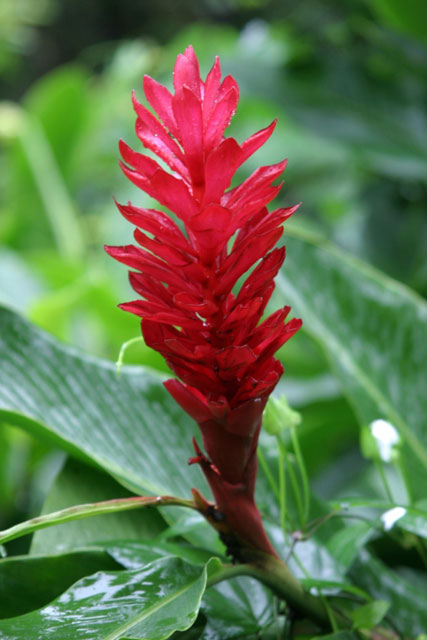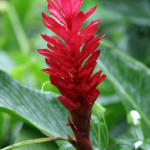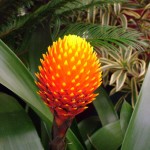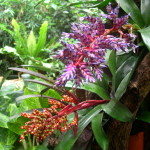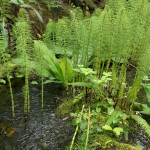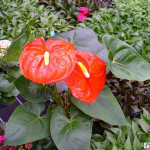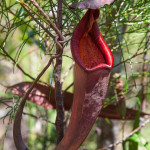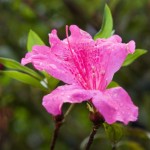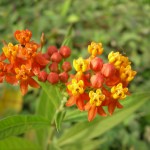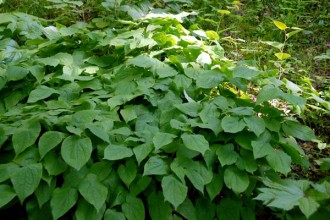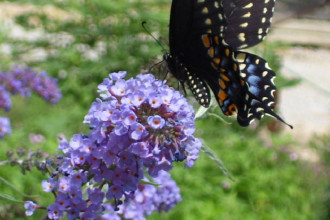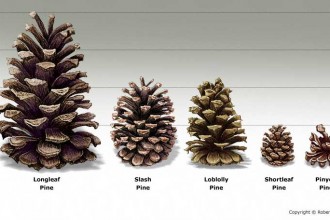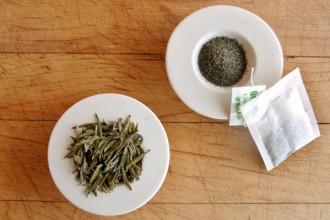8 Pictures Of Tropical Rainforest Pictures Of Plants
Sponsored link:
Typically flowers specially 8 Pictures Of Tropical Rainforest Pictures Of Plants gain nutrition through their beginnings (water and vitamins) and leaves (intake of sunshine and carbon dioxide (CO2)) to generate ATP ((adenosine triphosphate or vitality) to satisfy their metabolic desires) and starch (a hold for when photosynthetic circumstances are not ideal (e.g. Lowering of depth and amount of sunshine, droughts, frosts, as well as other undesirable scenarios). Nonetheless, carnivorous/“insectivorous” flowers must ingest added sources of food. Consequently they “attract, record, eliminate, digest, and absorb [the minerals of living] prey” consisting mostly of invertebrates.
Currently you can find 600+ identified species of carnivorous plants belonging to at the very least seven seed people that work with a selection of solutions to attraction and capture feed – special scents, chemical secretions, decorative plants and/or orbs, smooth or desperate floors and/or technical traps. While they generally develop in warm spots “where water and seasonal sun are plentiful as well as the earth is [acidic] and inadequate in nutrients (specifically nitrates, calcium, phosphates, and irons, which are needed for protein synthesis, cell wall stiffening, nucleic acid synthesis, and chrolophyll synthesis, respectively) including acidic bogs, [fens] and rock outcroppings,” they exist in lots of places. They go on property and in water (e.g. the venus flytrap (Dionaea muscipula) lives in acidic ingredients composed of substantial concentrations of ammonium (a poisonous material) using a pH of between 4to 5, whilst the bladderwort (Utricularia genus) lives in water). Some grow out of wet boggy ingredients (e.g. pitcher plants – Darlingtonia and Sarracenia), some develop in non-warm situations where winters deliver cold weather and snowfall (e.g. The normal pitcher plant – Sarracenia purpurea), others set their traps over the earth (Genlisea) or flourish in wilderness-like problems and on calcium-loaded limestone deposits (e.g. the Portuguese dewy pine – (Drosophyllum lusitanicum) and butterwort – (Pinguicula valisneriifolia), respectively, although some warm pitcher plants from the Nepenthes genus increase vines as much as a huge selection of feet long with traps that will seize “creatures as big as frogs [and also] some birds and mice.
Feel free to download the Photos under 8 Pictures Of Tropical Rainforest Pictures Of Plants content for free. Suport us by sharing this Photos to your family.
427 x 640 330 x 220 427 x 640 150 x 150
Download HereSponsored link:
